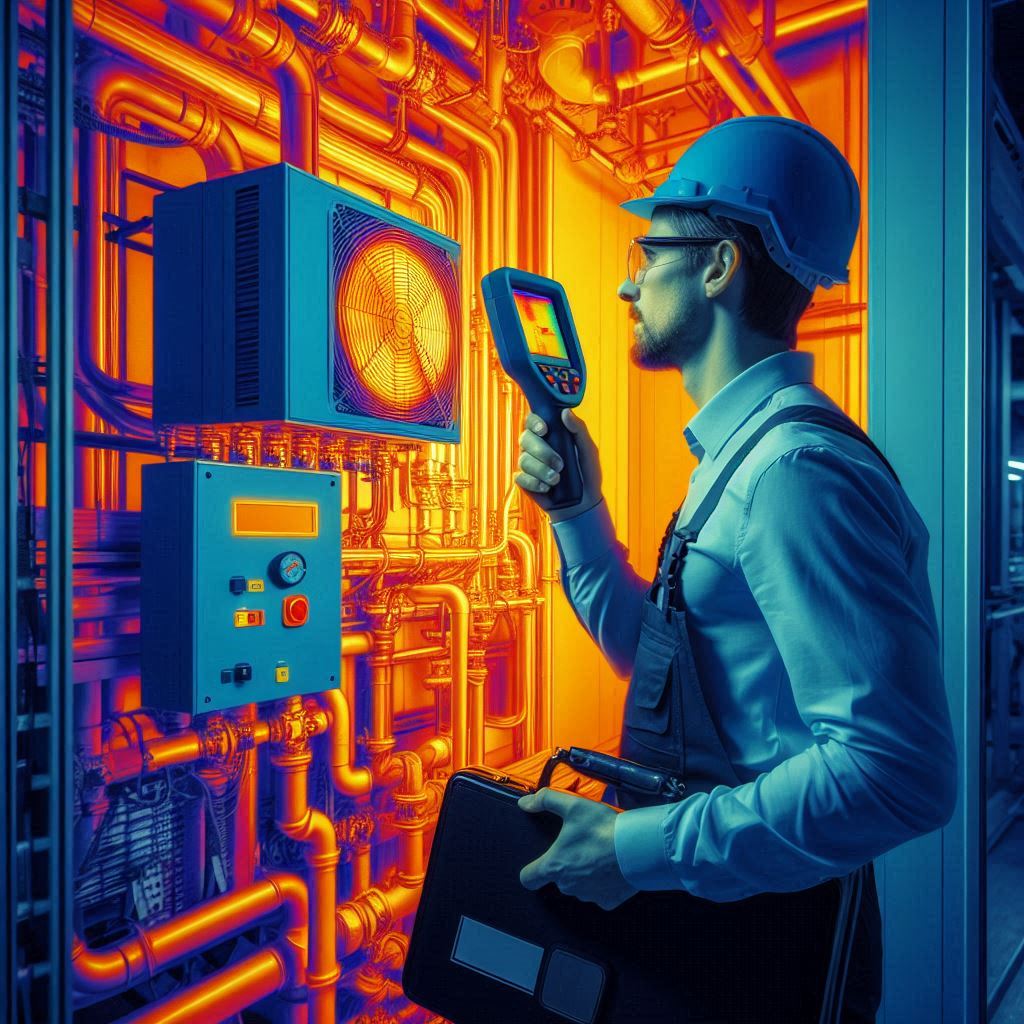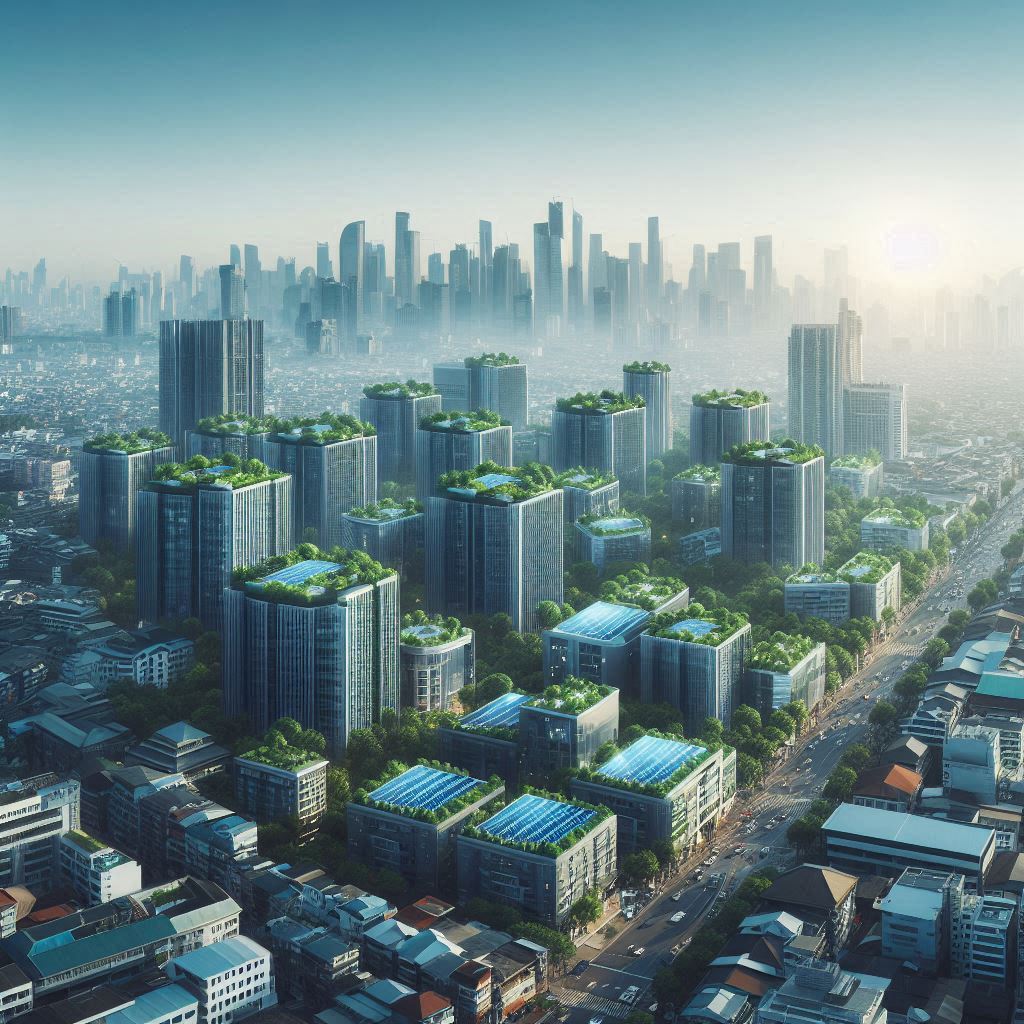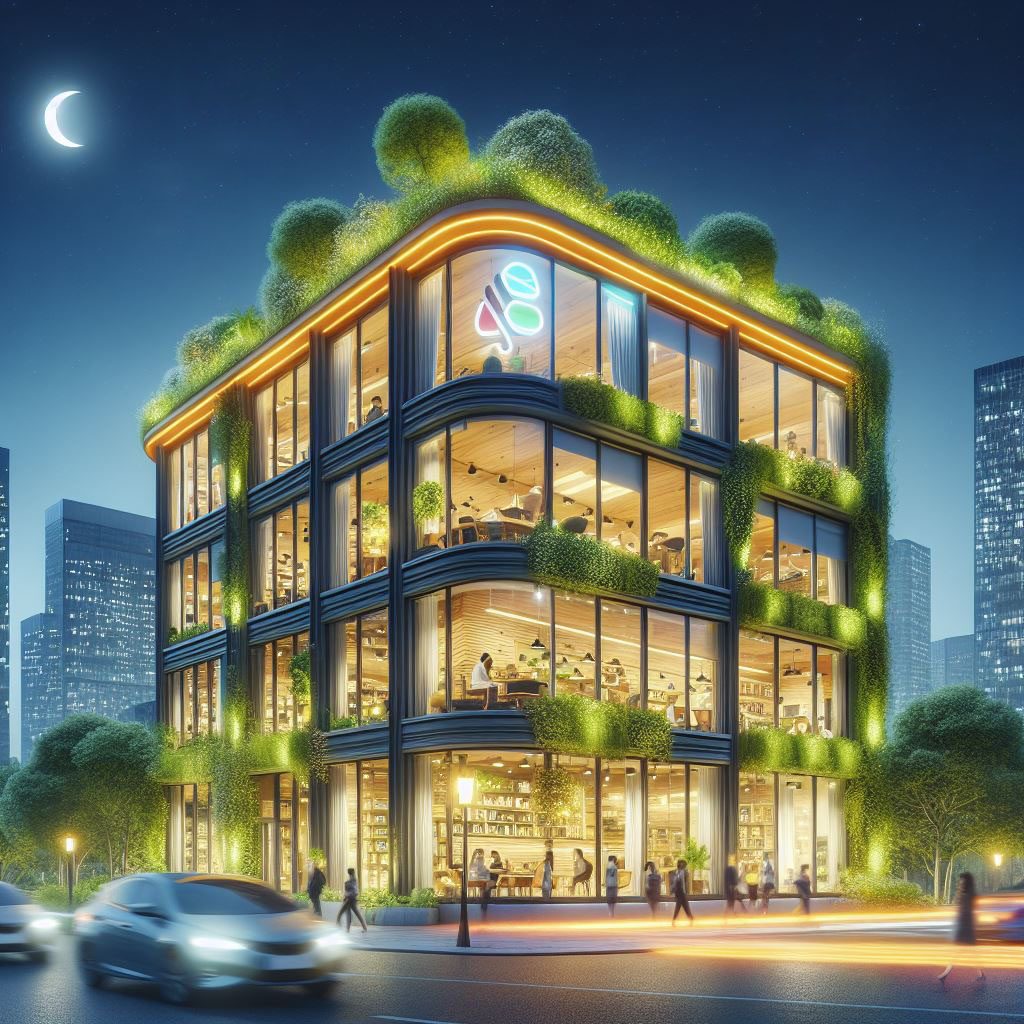In the modern business landscape, energy consumption plays a crucial role not only in terms of operational costs but also in environmental impact. ASHRAE Energy Audits are a pivotal resource for commercial entities looking to optimize energy use, enhance sustainability, and reduce expenses. This guide explores the strategic importance, processes, and benefits of conducting ASHRAE energy audits for commercial buildings.
I. Introduction

The importance of energy audits stems from the growing need for energy conservation and efficiency in the face of rising costs and environmental concerns. ASHRAE Energy Audits focus specifically on assessing energy systems within commercial buildings to identify areas where energy consumption can be minimized. These audits provide a clear pathway towards more sustainable operations by pinpointing inefficiencies and proposing actionable solutions. ASHRAE, or the American Society of Heating, Refrigerating and Air-Conditioning Engineers, is a global organization focusing on building systems, energy efficiency, and indoor air quality. Further information about ASHRAE can be found on their official website.
II. Understanding ASHRAE Energy Audits
An ASHRAE Energy Audit involves structured assessment processes intended to analyze the energy flows of a building to uncover opportunities to improve energy performance and reduce costs. The origins of these audits trace back to the energy crises of the 1970s, which prompted the development of standards to improve building energy efficiency. Today, ASHRAE Energy Audits are integral in helping buildings comply with local legislations, energy standards, and green certifications. For commercial buildings, which typically consume substantial amounts of energy, these audits are indispensable in maintaining cost-effective and environmentally friendly operations.
III. Types of ASHRAE Energy Audits
There are three levels of ASHRAE Energy Audits, each offering varying depths of analysis and insights:
- Preliminary Energy-Use Analysis: This initial phase is less about physical inspection and more about a review of historical energy consumption data, comparison with benchmark buildings, and identification of glaring anomalies in energy use. It serves as a prelude to more detailed audits.
- ASHRAE Level 1 Energy Audit (Walk-through Audit): This basic audit includes a site visit to identify obvious energy inefficiencies, a review of utility bills and energy procurement strategies. It results in a brief report outlining low-cost energy conservation measures. A primer on this can be explored further on resources like the Building Efficiency Initiative.
- ASHRAE Level 2 Energy Audit (Energy Survey and Analysis): A more detailed audit that looks into the building’s architectural configuration, energy systems (lighting, HVAC, thermal envelope), and operating efficiency. This audit is comprehensive, including energy use analysis with a breakdown of how energy is consumed in different areas and systems. It provides a detailed discussion with a cost/benefit analysis of various improvements.
- ASHRAE Level 3 Energy Audit (Detailed Analysis of Capital-Intensive Modifications): The most thorough audit includes sub-metering and long-term data collection. It involves detailed simulations and modeling to predict how changes will impact energy consumption. This level is often pursued by facilities that aim to achieve deep savings or have complex systems where small changes can lead to significant reductions in energy use.
IV. Essential Steps in Conducting an ASHRAE Energy Audit
The process of conducting an ASHRAE Energy Audit is meticulous and tailored to provide comprehensive insights:
- Preparation and Planning: Gathering all necessary building documents, including blueprints, previous audit reports, maintenance records, and utility bills.
- Data Collection and Baseline Establishment: Installation of meters and data loggers to track energy consumption over a defined period to establish a baseline for comparison.
- Detailed Survey and Analysis: Physical inspection of the building to understand the operational characteristics, followed by identification and analysis of energy flows within different systems.
- Report Generation: Compilation of data and findings into an Energy Audit Report that outlines specific energy conservation measures, projected costs, savings, and ROI.
V. Interpreting ASHRAE Energy Audit Reports
An Energy Audit Report serves as a blueprint for energy management strategy. It includes:
– Executive Summary: Provides a snapshot of potential savings and priority actions.
– Energy Utilization Index (EUI): This measures the building’s energy performance.
– Detailed Recommendations: Lists recommended measures, expected costs, savings, and payback periods.
– Implementation Schedule: Suggests a timeline for deploying recommended measures.
Understanding these components is critical for effectively leveraging the audit’s findings for maximum benefit.
VI. Benefits of Conducting ASHRAE Energy Audits for Commercial Buildings

The advantages of undertaking these audits are comprehensive:
– Financial Savings: Reduction in energy costs directly translates to improved bottom lines.
– Enhanced Sustainability: Lower energy consumption means a smaller carbon footprint and progress towards sustainability goals.
– Regulatory Compliance: Helps ensure that buildings meet evolving energy standards and legislation.
– Improved Occupant Comfort: Optimized building systems enhance the indoor environmental quality, contributing to occupant comfort and productivity.
VII. Conclusion
ASHRAE Energy Audits are not just assessments; they are investments in the future of commercial buildings. By following the insights and recommendations provided by these audits, businesses can achieve remarkable improvements in energy efficiency, cost savings, and environmental impact.
VertPro.com serves as a resourceful platform for property owners and managers seeking to enhance their buildings’ energy efficiency. The site offers a range of services, including Commercial Energy Audits, Benchmark Compliance consultancy, and a Construction Marketplace. At the heart of VertPro® is a suite of SaaS technology-based solutions designed to assist in navigating the complexities of Energy Benchmarking and Energy Audits/RCx Plus, while ensuring adherence to over 60 Energy Benchmarking and Energy Efficiency Laws across the country.
For those looking to improve their property’s energy usage and operational value, VertPro.com provides a diverse array of tools and information. The site aims to facilitate a better understanding of energy efficiency practices and legislation, helping building owners and property managers make informed decisions about their energy strategies while complying with all energy ordinances and laws.















